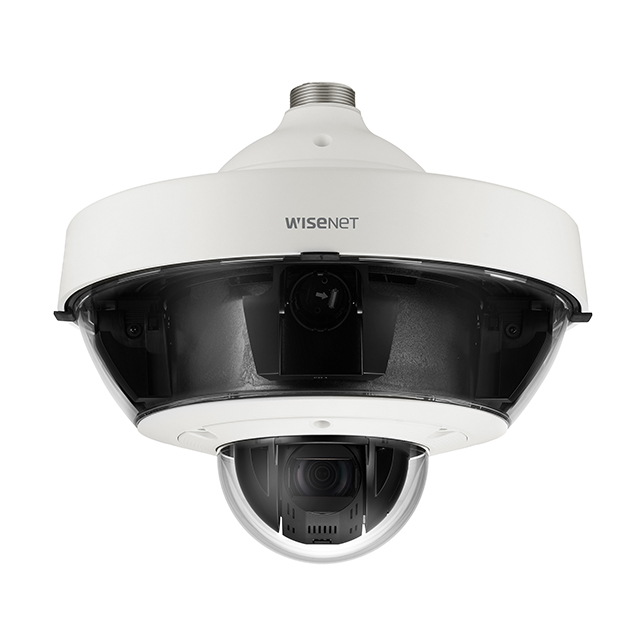
Hanwha Techwin, producer of IP and analog video surveillance solutions, has expanded its line of multi-sensor cameras that include the Wisenet 7 chipset.
The Movo WebMic HD Pro launched on Kickstarter on March 1 and reached its target goal of $15,000 by the next day. The product combines an HD web camera, a condenser microphone, and an LED ring light into one device for what a press release calls an “all-in-one” solution for video conferencing needs on any platform.
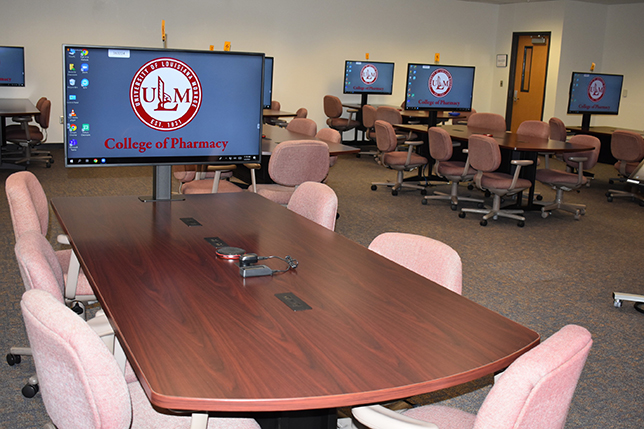
The University of Louisiana Monroe has partnered with Trox, an education technology solutions company, to install a state-of-the-art active learning classroom for its College of Pharmacy. The classroom is the first of its kind in the state, and it provides opportunities for more active participation, interaction, and collaboration among teachers and students.

A virtual tour provider has launched a new service that enables colleges, universities, boarding schools and high schools to host DIY, live, guided tours from within virtual campus tours. Campus 360 introduced the new functionality to enable its higher education customers to take students and their families on visits around campus in real time, but without the necessity of being there in person.

The Office of the New York State Comptroller has completed audits on three school districts in the state. The audits uncovered that the districts have neglected to follow some crucial cybersecurity policies, leaving them potentially vulnerable to cyberattacks.
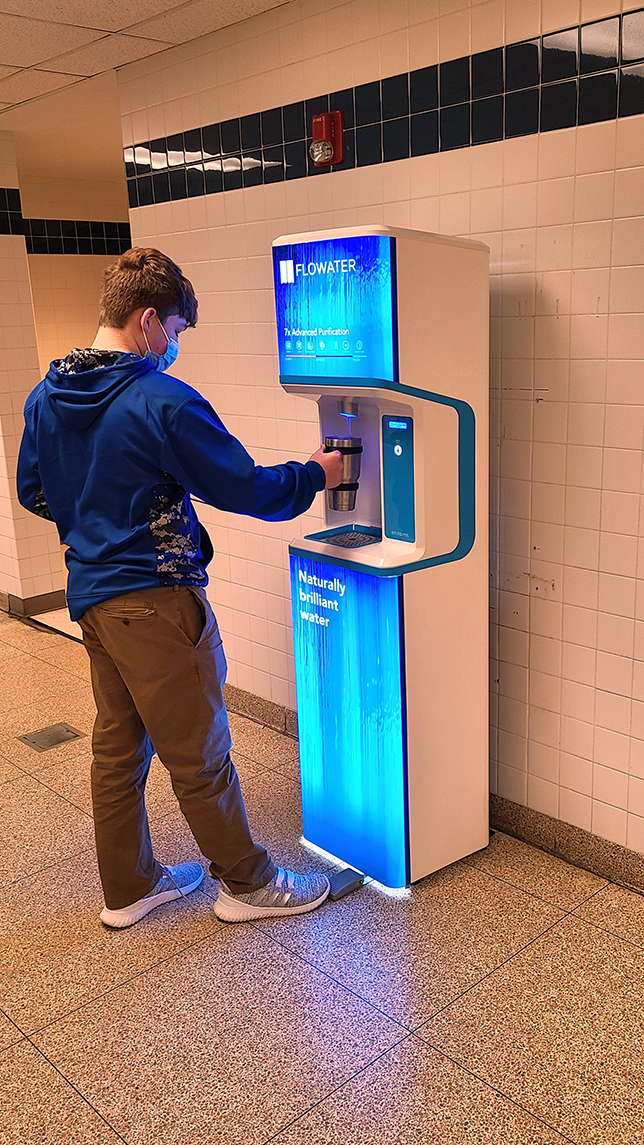
Alongside investments in personal protective equipment, sanitation stations and distancing shields, some schools are earmarking a portion of their federal CARES Act funding to replace their water fountains with touchless versions that don't need continual cleaning.
A school district near Denver, CO where students have returned to in-person instruction has deployed a technology in its classrooms and common areas with the aim of killing viruses in the air and on surfaces. The deployment was funded by a Safe Schools Reopening Grant, a one-time, $15 million program offered through the Colorado Department of Education in conjunction with the Colorado Department of Public Health and Environment.

COVID-19 has changed and will continue to change every aspect of education in K–12 and higher education for the foreseeable future. We polled our readership to learn of the experiences taking place across the nation and get a glimpse of what's being planned going into the spring 2021 semester and beyond.
AT&T, in collaboration with non-profit Connected Nation, launched an online application for the AT&T K-12 Connected Learning Program, which offers free wireless internet service and mobile Wi-Fi hotspots for marginalized students nationwide.
An education technology company better known for its payment solutions is promoting functionality within its software to help schools manage the number of students allowed in a specific space.

Northern Arizona University is working with Quantum Spatial, a geospatial data company, to develop an accessibility map to help people with mobility issues more easily navigate the hilly campus.
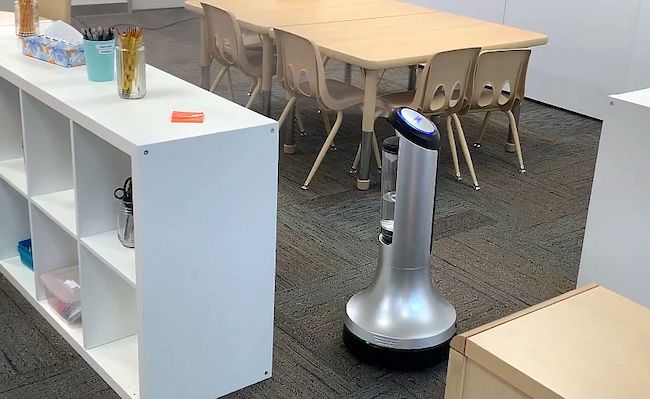
Imagine a Roomba with a plastic pillar on top, roaming through a room dispensing disinfectant onto chairs, table-tops and other surfaces.
Middle school students began classes on Monday at the newly constructed building at Roberts Academy, a private school for students with dyslexia.
SchoolStatus, which produces a mass notification and communication software-as-a-service platform for schools, has added functionality to enable contact tracing reporting and tracking.

AI can change its instructions to your HVAC equipment based on the number of students in a room, the time of day, changes in weather throughout the day, and more, all while ensuring a comfortable environment for your building occupants.

A company that produces technology for the food industry has developed a "welcome center" that schools can use to automate student and staff check-in.

A company that produces physical security products is repositioning its products to address the needs of facilities under new restrictions. The offerings from LenelS2 cover touchless access, occupancy management, enforced access control and screening solutions.

What does it mean for a learning space to support the use of technology? It means the space has been intentionally designed to make it easy for teachers and students to seamlessly use any technology they might need, without having to disrupt a lesson or cut into valuable learning time.
Dr. Brian Benson, a family physician and his wife, Kaley Benson developed a symptom-screening software for schools called Cleared4School.

School districts should conduct comprehensive threat vulnerability assessments that not only focus on existing measures already in place, but also encapsulate a thorough review of operational safety and security focused policies and procedures.

When students finally return to school after months of learning from home, there will be dramatic changes. Even when K-12 leaders are allowed to reopen their facilities, doing so safely and responsibly will require everyone to maintain proper distancing while they’re at school, experts agree — at least until there is a working vaccine for the COVID-19 virus.

We spoke to HID Global's Tim Nyblom, End User Business Manager - Higher Ed, and Dave O’Driscoll, Senior Director of Strategic Initiatives, about cloud and mobile technologies that will be important when universities reopen in the fall and in the next few years.
The Department of Public Instruction recommends smaller class sizes, alternating school-day schedules, and providing mental health support for students and staff.
Dallas ISD is waiting on direction from the state and haven’t solidified plans, yet. In the meantime, the district has created a first draft of safety and security guidelines for campus reentry, along with three different potential instructional models.
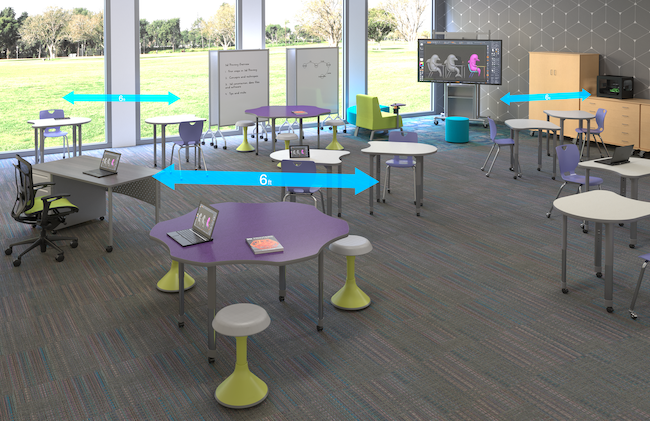
The design of the learning space will play a critical role in enabling active learning to occur in a responsible manner.

When the pandemic subsides, districts that haven’t already will likely take a closer look at e-learning and the skills and solutions that make it possible.

The COVID slide could exacerbate existing achievement gaps if K-12 leaders don’t take action. Here are four strategies that can help solve this challenge.

Ideally every institution would be prepared for teaching continuity before an incident occurs. The following recommendations can be helpful even if your institution is already in the midst of a switch to remote teaching.

In this episode, Todd Ferking of DLR Group talks about education design that is geared toward the future.